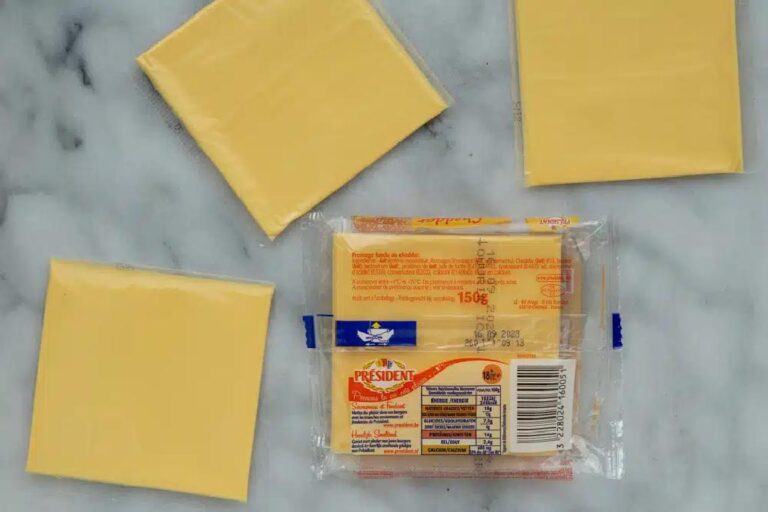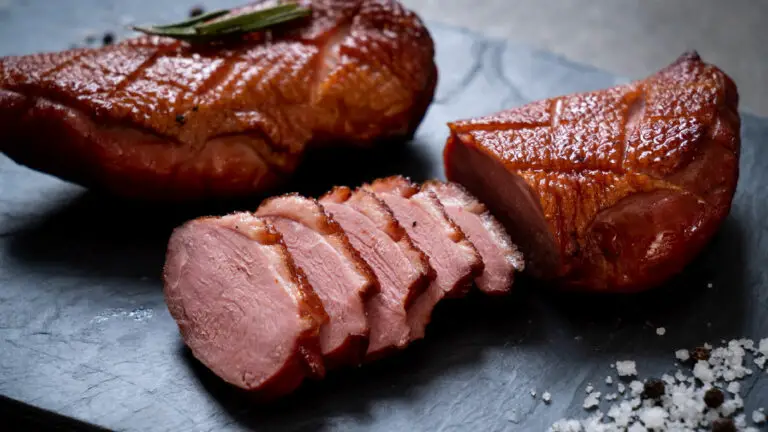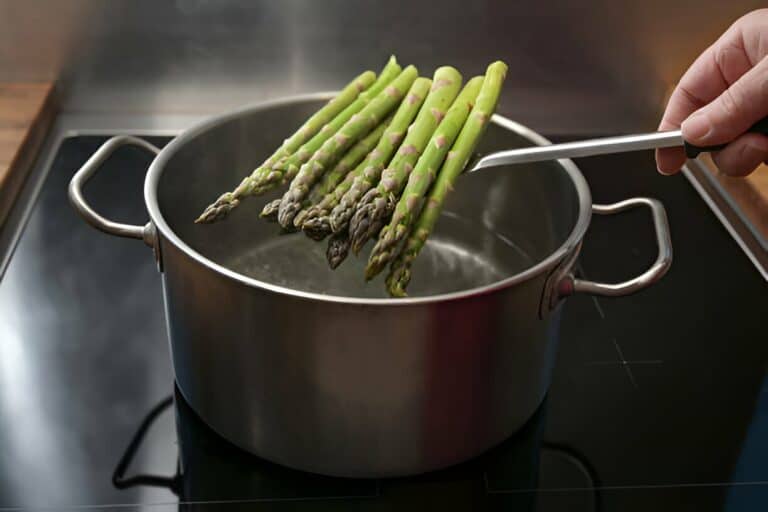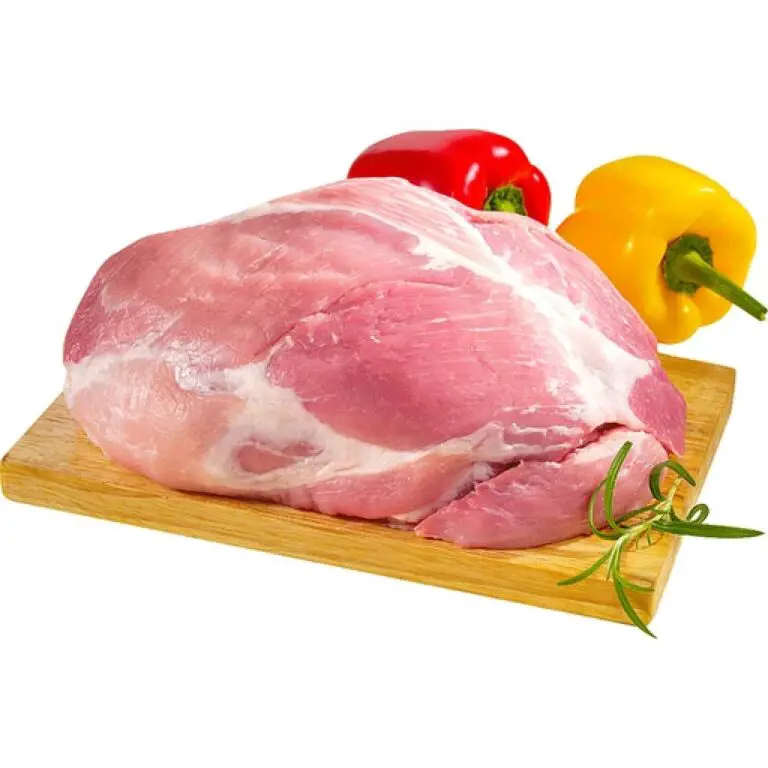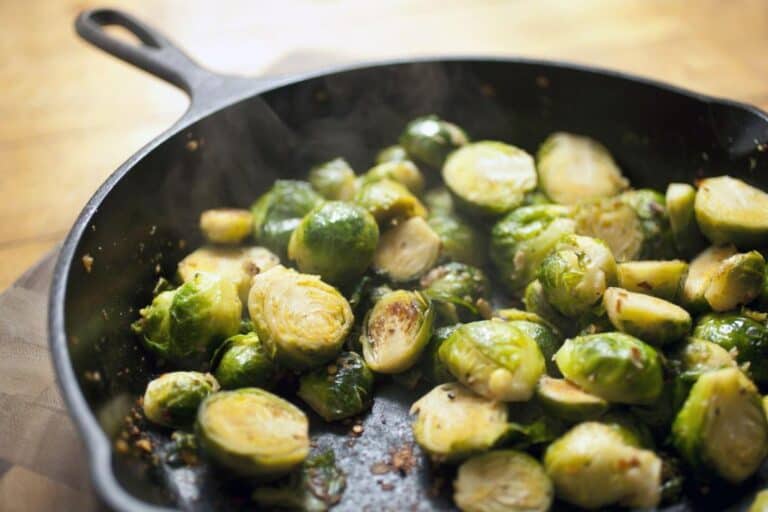How To Remove Brie Rind: What Is Brie Cheese Rind Made Of?
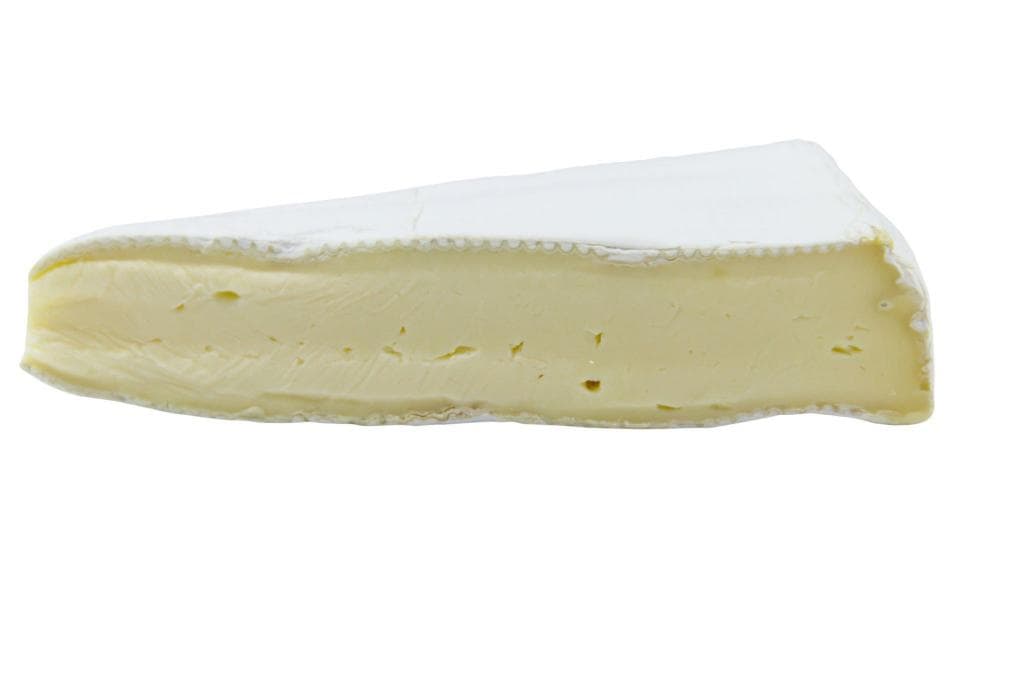
Indulging in the world of cheese is like embarking on a journey of flavors and textures. Among the pantheon of cheeses, Brie stands tall, admired for its creamy interior and its enigmatic exterior—the rind.
But wait, have you ever found yourself gazing at a wedge of Brie, wondering about the secret behind that snowy rind? Or perhaps pondering the age-old query, “To rind or not to rind?” Fear not, for we’re about to unveil the captivating tale of Brie’s rind: how to bid it adieu gracefully and the science that weaves its magic.
In this culinary exploration, we’ll delve into the art of parting ways with the Brie rind, uncovering the nuances of this age-old practice. But that’s not all—prepare to dive deeper into the composition of the Brie cheese rind, demystifying the elements that contribute to its distinctive character.
So, if you’re a cheese enthusiast with a curious palate, fasten your seatbelt; this journey promises to reveal the secrets behind one of the most cherished delicacies in the world of gastronomy.
Introduction to Brie Cheese
Imagine a cheese that seamlessly captures the essence of France’s dairy tradition—a culinary marvel that marries the sophistication of the country’s gastronomy with the sheer delight of indulging in a creamy, slightly earthy treasure.
Enter Brie cheese, a timeless delicacy that has transcended geographical boundaries to grace cheese boards, culinary creations, and discerning palates across the world. Nestled within Brie’s charm lies its rind—an unassuming yet essential component that encapsulates the very soul of this exquisite creation.
Brie cheese stands as a testament to the mastery of dairy craftsmanship, composed of two distinct yet harmonious elements: the creamy paste and the protective rind.
The paste, also known as the interior, boasts a sumptuous texture that evolves from firm to irresistibly oozy as it matures. Crafted through a meticulously orchestrated interplay of milk, rennet, and cultures, each facet contributes to the tapestry of flavors and textures that make Brie truly exceptional.
Contrasting the velvety interior is the rind, a natural cloak that embodies the cheese’s journey through time, narrating the story of its aging and transformation.
What is Brie Cheese Rind Made Of?
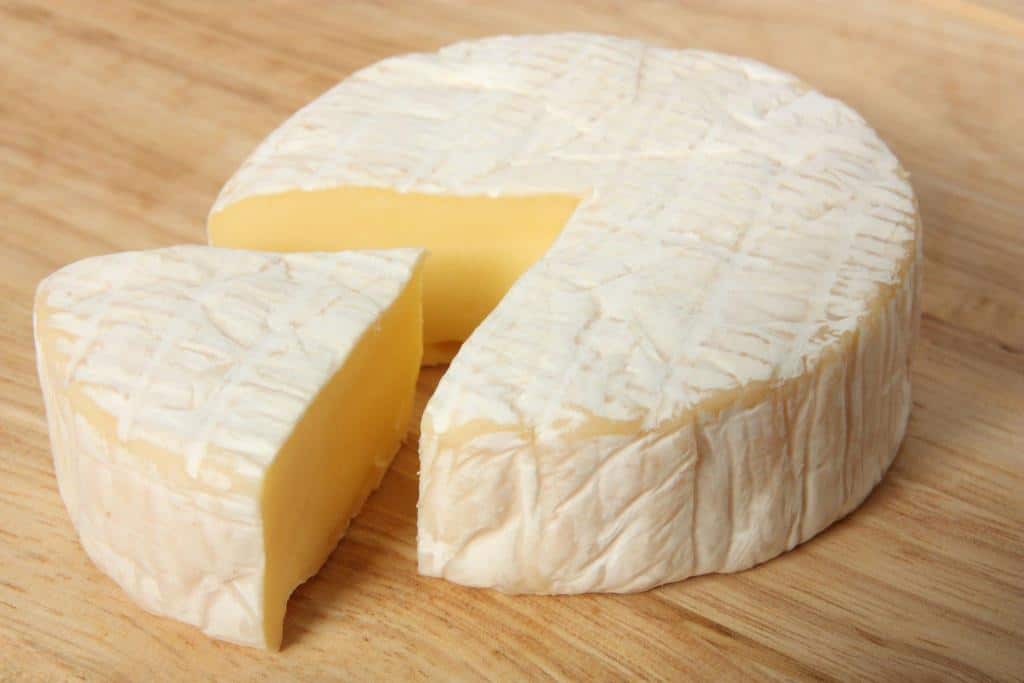
Visually, the rind presents itself as a pristine, bloomy white layer, hinting at the marvels within. Penicillium mold, which is responsible for that recognizable velvety coating, primarily shapes the composition beneath this snowy exterior. This mold not only adds to the rind’s appearance but also contributes to the intricate flavors that unfold as Brie matures.
The Significance of Brie Rind
In the world of cheese, the rind is more than a mere covering; it’s a guardian of flavor. Brie rind plays a dual role: safeguarding the cheese from external elements and fostering a controlled environment for aging.
As the cheese evolves, enzymes break down the paste, leading to the development of nuanced flavors. The rind, with its distinct texture and composition, acts as a bridge between the external environment and the delicate interior, orchestrating the taste.
While some might be inclined to remove the rind due to its unique texture, the rind itself plays an integral role in shaping the flavor and character of the cheese. Brie’s rind acts as a protective barrier during the aging process, allowing the cheese to ripen from the inside out. This protective layer interacts with the cheese’s interior, influencing its taste, aroma, and overall quality.
How to Properly Remove Brie Rind
As you embark on your culinary adventure with Brie cheese, the question of whether to embrace or remove the rind arises. Your culinary goals and flavor preferences will influence your personal choices. If you opt to remove the rind, here’s a simple step-by-step guide:
- Gather Your Tools: You’ll need a sharp knife with a thin blade to gently peel away the rind.
- Start at the edge of the cheese, angling the knife slightly downward to ensure minimal waste of the creamy paste.
- Work your way around the cheese, peeling the rind in small sections.
- Once the rind is removed, admire the contrast between the creamy interior and the pristine white rind.
- With the rind gone, indulge in the unobstructed flavors of the Brie paste, whether enjoying it on its own or incorporating it into your favorite recipes.
The decision to remove the rind ultimately depends on your palate and the culinary masterpiece you wish to create. Removing the rind can lend a milder taste, while leaving it on offers a fuller, more complex flavor profile.
So, whether you prefer a Brie unmasked or adorned with its protective coat, the experience is bound to be a tantalizing one, rich with tradition and innovation alike.
Brie Cheese Pairing Suggestions
Now that you’ve mastered the art of removing Brie rind, let’s explore some delectable pairing suggestions to complement this creamy delight:
| Brie Type | Pairing |
| Classic Brie | Sliced Pears |
| Herbed Brie | Fresh Baguette |
| Double Cream Brie | Raspberry Preserves |
| Truffle Brie | Prosciutto |
The Verdict: To Rind or Not to Rind?
Ultimately, whether to remove the Brie rind or not boils down to personal preference. Both approaches have their merits, offering distinct flavor experiences. Partial rind removal allows for a harmonious balance between the creamy interior and the rind’s earthy notes. On the other hand, leaving the rind intact delivers a bolder, more intense flavor profile.
In conclusion, the process of removing Brie rind is an art that every cheese connoisseur can master. By understanding the composition and role of the rind, you can make an informed decision about how you’d like to enjoy your Brie cheese. Whether you go for the delicate approach of partial removal or embrace the full rind experience, savoring Brie cheese is an adventure that tantalizes the senses and elevates the palate.
FAQs on How To Remove Brie Rind
What is the purpose of the Brie cheese rind?
Beyond its visual appeal, the rind serves as a protective layer during the aging process, contributing to flavor development and enhancing the cheese’s character.
Does the rind affect the taste of Brie cheese?
Indeed, the rind is a silent orchestrator of taste, infusing the cheese with subtle nuances as it matures, contributing to the symphony of flavors.
Can you use Brie rind in cooking?
Absolutely, the rind holds culinary potential. It can be creatively incorporated into recipes, lending its distinct flavor and texture to various dishes.
Are there variations in Brie rind across different types of Brie?
Yes, various types of Brie might exhibit differences in rind appearance and flavor due to variations in aging processes and specific strains of mold used.
Are there health considerations when consuming Brie rind?
While it is generally safe to eat Rind ofn Brie cheese, individuals with lactose intolerance should be cautious due to the presence of trace amounts of lactose in both the interior and rind.

